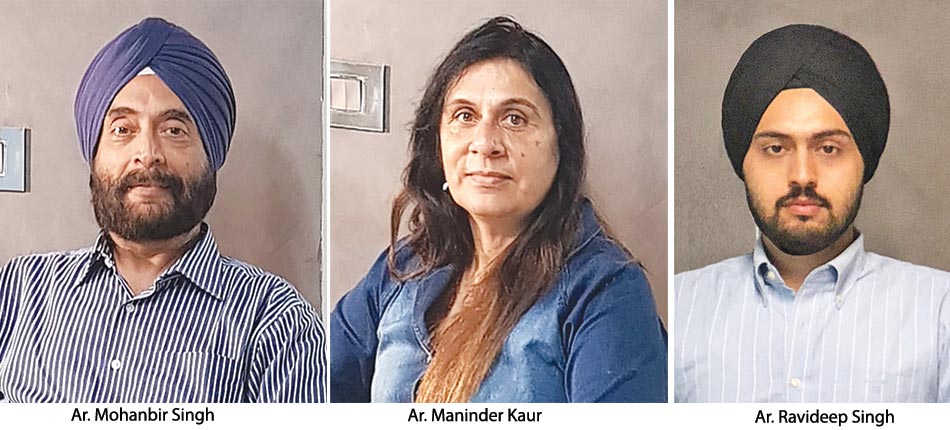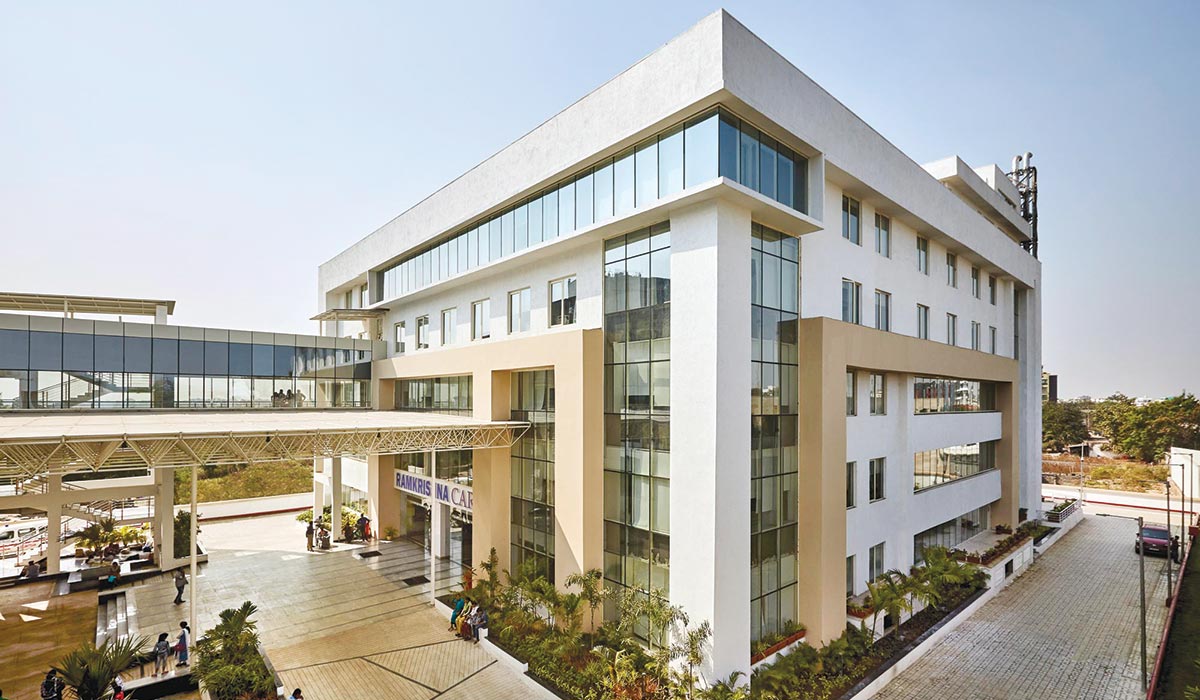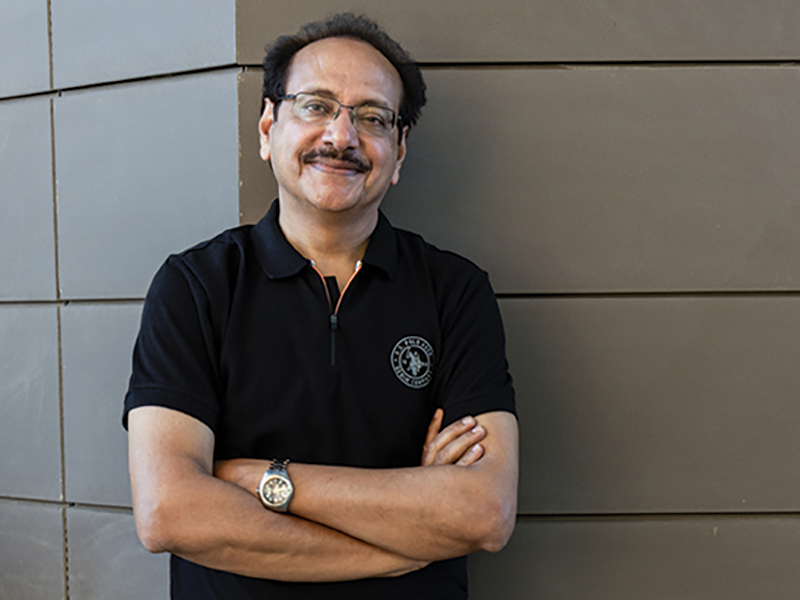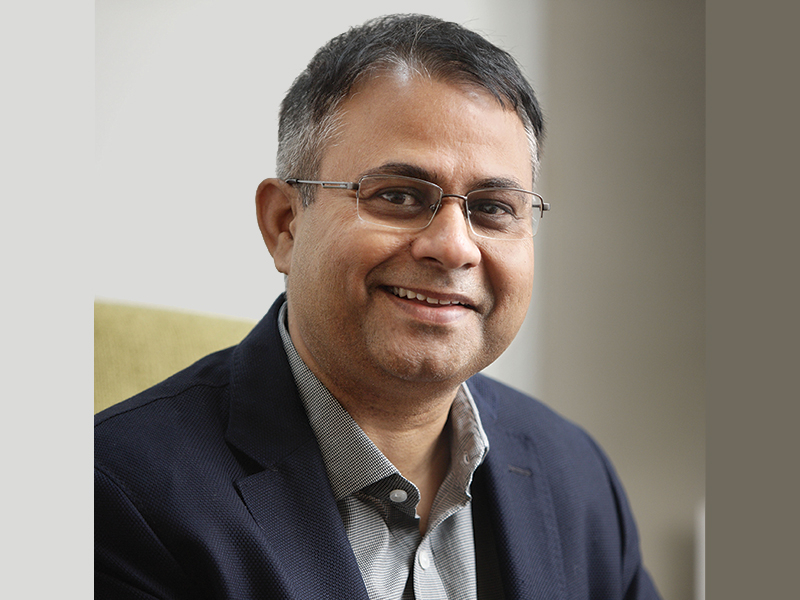
The precinct of healthcare is highly susceptible to evolution. Where healthcare providers race against the ballooning population with supply of quality care, it becomes extremely critical to strike a cohesive balance amidst incoming technology while innovating patient care as much as possible.
Hospital buildings are meant to succinctly respond to its end-users and foster healing. It is hence crucial to understand and identify who exactly these end-users are and carefully curate a seamless experience for them, in response. We believe that there are two key facets to this: one of which pivots around securing a thoroughly efficient medical planning, whereas the other traverses though smart technology and efficacious material assemblages. Elaborating on the former, it is essential for a healthcare setting to simplify movement of patients, staff and doctors in and around the setting to ensure faultless functioning, while also attempting to accentuate the experience for each end-user as much as possible.
Rapid advances in technology and material science have opened up a wide new spectrum of possibilities that influence the sterility, efficiency, and the longevity of a hospital
Building on the above ideas, it is vital to understand the cognitive state of its most vulnerable end-user, i.e. the patient. Studies in socio-behavioral health have found the concept of 'place making' which includes creation of space identifiers such as interior nodes, plazas and even use of specific colors for certain departments have seen to augment a smoother functioning of the hospital while fostering good health.

Selecting novel material assemblages available in vibrant colors and textures have aided in achieving the above but it is also paramount to ensure sterility by stipulating materials that reject harmful chemicals such as perfluorinated compounds, bisphenols etc. Here, it would be worthwhile to note that PVC, which is widely used in healthcare due its seamless quality, has shown to emit deadly chemicals such as Dioxin, which has extremely fatal health effects. Hence, it is vital to carefully specify finishes that avert harmful chemicals and ensure sterility.
Elaborating on solar passive and daylighting, contemporary innovations in fenestration technology allow large spans of the hospital envelope to be glazed seamlessly through highly insulated double and even triple glazed units, with highly efficient low 'e' coatings and molecular insertions such as particle fritting etc. These characteristics allows to minimize the operational energy requirements and hence the carbon footprint.
Furthermore, advances in information technology has brought about a revolution in healthcare delivery through digital check-ins, data collection and sharing. This is further looped in with state-of-the-art logistic support such as 'automated tele-lift' and pneumatic tube systems that eliminate error and fatigue in operation. Way forward, it is also the influx of IoT (Internet of Things) through sensors across each equipment in the facility, backed by 'big data' to enable a pool of feedback data, which provides a framework to better plan, monitor and innovate care delivery.















